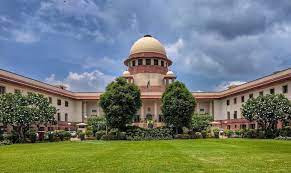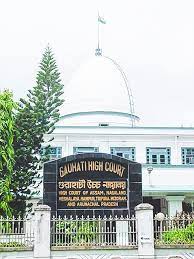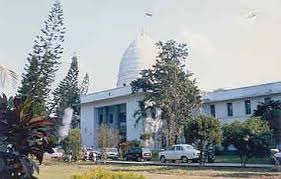(A) Penal Code, 1860, Sections 302, 449 and 309 – Murder – Sentence reduced – Circumstantial evidence -Sentence – Reduction in sentence – Prayer for – Held that the circumstances presented in evidence in this case more than meets the ingredients that are required to be established – Find no reason to interfere with the concurrent conviction recorded by the trial Court and the High Court against the appellant for the offences under Section 302 (murder), 449 (house-trespass) and 309 (attempt to commit suicide) and the conviction liable to be maintained – The act committed by the accused was preplanned/ premeditated; the accused brutally murdered 4 (four) persons who were unarmed and were defenseless, one of whom was a child and the other an aged lady – Nature of injuries inflicted on two deceased highlights the brutality and cold bloodedness of the act – On the mitigating side, the accused was quite young when he committed the act i.e., 28 years old; The act committed by the accused was not for any gain or profit; accused did not try to flee and in fact tried to commit suicide as he was overcome with emotions after the dastardly act he committed; accused has been in jail for a period of 18 years and 4 months and the case is based on circumstantial evidence – Conduct report of the appellant from the Jail Authorities indicates that ever since his admission to jail, he had been entrusted with prison labour work such as duty of barber, day watchman and night watchman – Presently, he has been assigned the job as convict supervisor for the last one and a half year -. The report clearly indicates that no disciplinary actions were initiated against him in the prison and that the conduct and behaviour of the appellant in prison has been satisfactory so far – High Court was justified on the facts of the case in following Swamy Shraddananda (supra) principle while imposing sentence for the offence under Section 302 IPC – Sentence under Section 302 imposed by the High Court from a period of 30 years imprisonment without remission modified to that of a period of 25 years imprisonment without remission, including the period already undergone. In our view, this would serve the ends of justice. (Para 15, 58 to 60)
(B) Death sentence – Commutation of death sentence to life imprisonment – Principle of proportionality – Held that the aggravating and mitigating circumstances which the Court considers while deciding commutation of penalty from death to life imprisonment, have a large bearing in deciding the number of years of compulsory imprisonment without remission, too – As a judicially trained mind pores and ponders over the aggravating and mitigating circumstances and in cases where they decide to commute the death penalty they would by then have a reasonable idea as to what would be the appropriate period of sentence to be imposed under the Swamy Shraddananda (supra) principle too – Matters are not cut and dried and nicely weighed here to formulate a uniform principle – Illustratively in the process of arriving at the number of years as the most appropriate for the case at hand, which the convict will have to undergo before which the remission powers could be invoked, some of the relevant factors that the courts bear in mind are:- (a) the number of deceased who are victims of that crime and their age and gender; (b) the nature of injuries including sexual assault if any; (c) the motive for which the offence was committed; (d) whether the offence was committed when the convict was on bail in another case; (e) the premeditated nature of the offence; (f) the relationship between the offender and the victim; (g) the abuse of trust if any; (h) the criminal antecedents; and whether the convict, if released, would be a menace to the society – Some of the positive factors have been, (1) age of the convict; (2) the probability of reformation of convict; (3) the convict not being a professional killer; (4) the socioeconomic condition of the accused; (5) the composition of the family of the accused and (6) conduct expressing remorse – The Court would be additionally justified in considering the conduct of the convict in jail; and the period already undergone to arrive at the number of years which the Court feels the convict should, serve as part of the sentence of life imprisonment and before which he cannot apply for remission – These are not meant to be exhaustive but illustrative and each case would depend on the facts and circumstances therein. (Para 57 and 58)
SUPREME COURT OF INDIA
2024 STPL(Web) 175 SC
[2024 INSC 215]
Navas @ Mulanavas Vs. State Of Kerala
Criminal Appeal No. 1215 of 2011-Decided on 18-03-2024
https://stpllaw.in/wp-content/uploads/2024/04/2024-STPLWeb-175-SC.pdf







